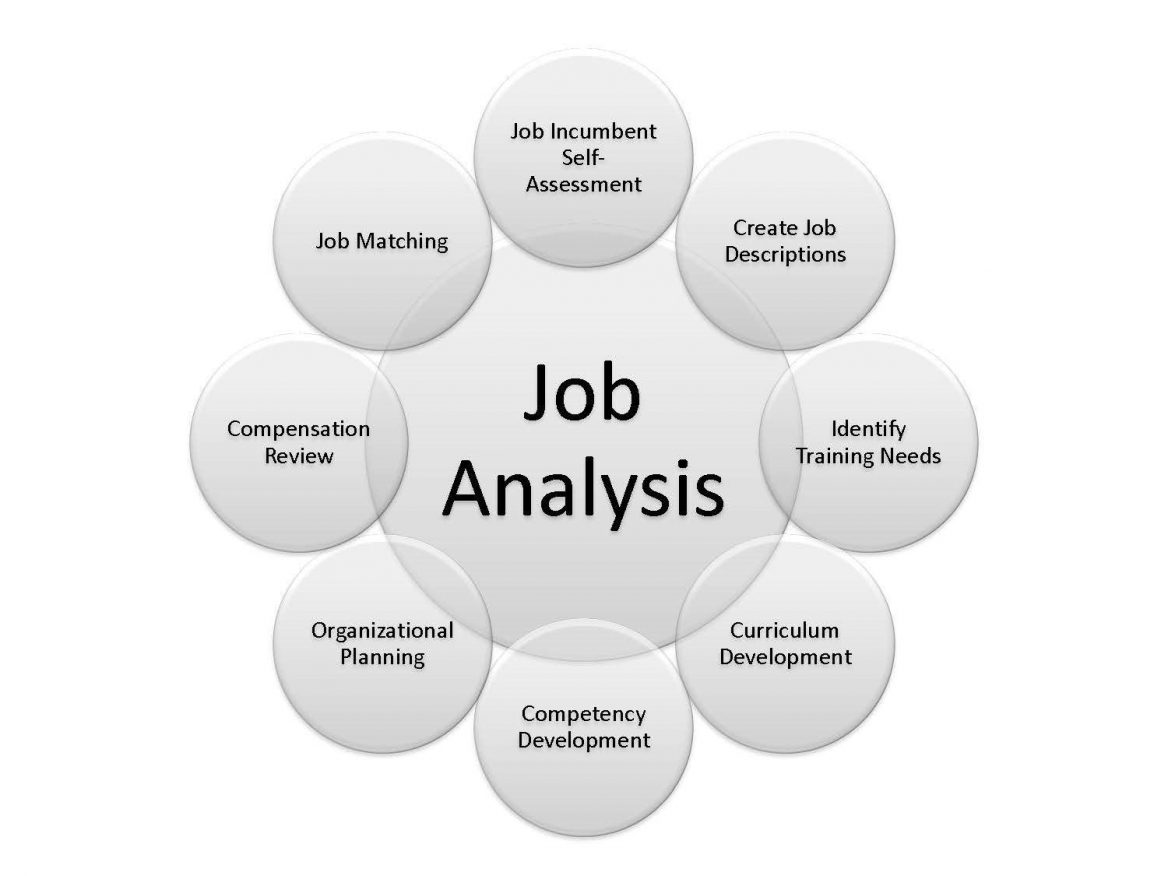4) Conduct interview and draft tasks
A great place to start the interview portion is to ask your SME what their main 3-5 job responsibilities are. This gives a great base idea of the most important things involved in the job, and may be considered an initial pass at the list of responsibilities for your JTA.
From here you can easily break things down and identify the list of associated tasks by asking these 2 critical questions:
First question: What do you need to know and be able to do to perform the job task?
Second question: Can you teach (and can a person learn) this task in 30 minutes or less?
If the answer to the second question is no, ask the SME to break it down into subtasks.
Structuring the questions and JTA this way and using the 30-minute question is important for the following reasons:
- Manageable amount of time to learn a task
- Easy to modify if changes to equipment, processes specs., etc. are changed
- Allows for immediate feedback
Next, after conducting the interview, review and organize the notes to develop the finalized list of responsibilities and tasks.


